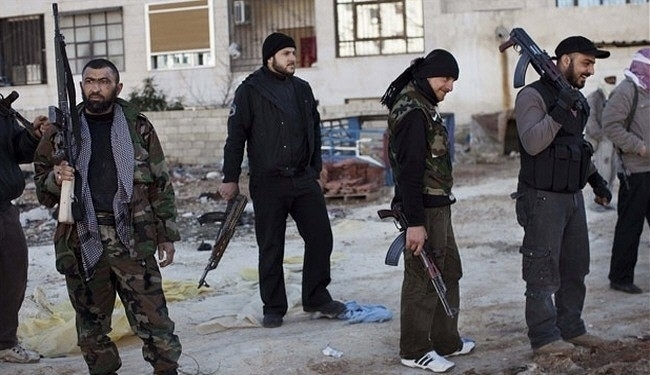Today, obtaining an exact number of regime losses from four years of hostilities in Syria is unlikely.
The Assad regime deliberately obscures casualty numbers to avoid inciting negative public opinion, publishing figures much lower than the official statistics. Yet, despite these efforts, this has not prevented a rising hatred for the regime, most notably among the Alawite community, which has lost tens of thousands of their sons to Assad’s battles.
In the two major Alawite cities of Tartous and Lattakia, one can easily observe the countless “martyr” pictures covering the walls of buildings. Here, no one can deny the casualties of Assad's war.
Al-Tabqa Airport
In August 2014, ISIS fighters slaughtered dozens of regime soldiers attempting to flee Al-Tabqa military airport, south of Syria – the majority of whom were Alawite. The massacre incited a storm of rage among regime loyalists, as it was clear the regime abandoned its soldiers to face their tragic fate. A few days later, regime security forces began a campaign of detention among loyalists who dared to attack the regime’s conduct at Al-Tabqa.
The Assad regime quickly realised the importance of concealing casualty numbers, as the increasing death-toll roused feelings of resentment among regime supporters. Instead of preventing the killing of Alawites, the regime undertook a policy of officially reducing recorded numbers in order to pacify the community and thwart any protest movement that may arise as a result.
The regime recently decided to apply significant pressure on the other denominations, notably the Sunnis, to be present on the front lines in a policy to push Sunni fighters to face opposing Sunni forces fighting Assad. Evidence of this policy is clear when examining the opposition’s capture of 48 soldiers at the end of February, all of who were Sunni – in exception for one Druze fighter.
Without Jobs They Will Come
The regime’s exploitation of employment opportunities, or lack thereof, is an attempt to drive young people to enlist in Assad's forces. Nothing protects a young Sunni man in regime-held areas more than a military ID card, proof of his loyalty to Assad.
It is common in Damascus to see veiled girls, wandering along the city streets, accompanied by armed soldiers – soldiers that do not fight alongside opposition forces, but instead with Assad. These soldiers have worked hard to attract young Sunni men to enlist.
It is clear the policy works when considering the rising number of deaths among Syria’s Sunni communities.
For the majority of Sunnis who wish to live a normal life, it is not merely enough to stand quietly. The regime will continue to consider these men a potential enemy, until they prove otherwise; until they die.
The Syrian regime continues to recruit members of minorities; pushing them toward a life they wouldn’t have dared dream of before. But Assad works hard to invest in the presence of Sunni figures in nominal leadership positions, to dispel allegations of involvement in a sectarian war. A large number of Sunnis continue to support him, not the revolution.
Translated and edited by The Syrian Observer


